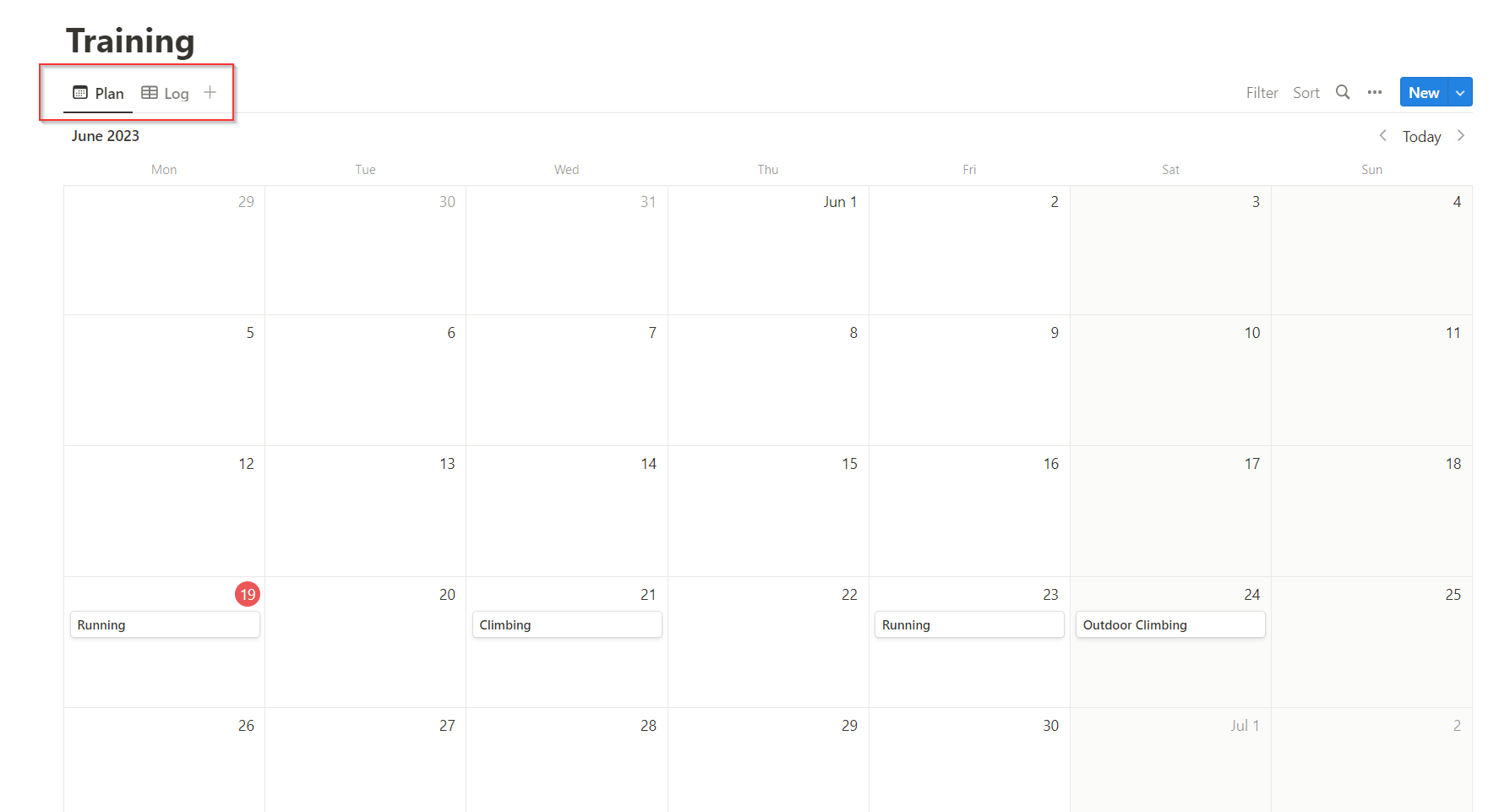Why and how to track progress in training (and anything else for that matter)?
Progress is of great importance to all of us. In our work, private life, and the activities we engage in during our free time... Overall, in numerous spheres of our lives. And that is completely normal. I believe that the desire for progress is encoded in the genetic code of each of us.
However, when progress is lacking, the majority of us begin to doubt our abilities. We think that everything is pointless and that every attempt we make is futile. Often, the lack of progress leads to a lack of motivation for that activity. Ultimately, the same lack of progress can also lead to quitting that activity altogether.
What we need to realize deep within ourselves is that the main reason for the absence of progress is the absence of activity. As long as we are working on something, even if there is no obvious progress to us, it is still there. It may be invisible, but it does not mean it doesn't exist.
In this article, I will focus on progress - why it is important and how to track it. I will look at it through the lens of the sport I engage in, the perspective of sport climbing. However, you don't have to stop there; you can take the practices I mention here and apply them to other activities and aspects of what interests you.
Why is progress important?
As I mentioned earlier, the desire for progress is what fundamentally drives us. To run faster, jump higher, be better than our opponents, know more about a specific topic... The examples are countless. When that desire for progress is fulfilled, and we are aware of the progress we have made, an even greater desire for improvement and advancement emerges. This leads us into an endless loop of desiring progress, which leads to progress, which further fuels the desire for that activity. And so the cycle continues.
Until that endless loop is interrupted by the absence of progress. Or at least the absence from our perspective.
Let me give you an example (whether it's personal or not is not that important). Let's say we want to start climbing (it doesn't matter if it's from personal experience or not 😅). We tried it and enjoyed it, but we don't know how to proceed. What is the first step? First, we might feel despair because we are so weak while everyone around us is incredibly strong. Just kidding, of course. We look at things from a different perspective, maybe start training more actively with a coach or on our own. And so, after some time, we realize that what seemed difficult for us at the beginning is now too easy.
However, as you can imagine, we don't want to stop there. We continue climbing and getting stronger. This time, the progress is even better, and we feel even more powerful. That's it, let's keep going! Determined, we set ourselves a goal to climb something that we didn't even consider when we started. We try the route day after day, but without success. We think that we are not strong enough, so we increase our training. Over time, we realize that we are nowhere near the top of the route. That might shake us a little, or maybe not, but we don't give up. Now, as time goes on, we notice that the progress is becoming weaker and weaker... Instead of completing the route we set out to conquer in a very short time, like we did at the beginning - none of that happens.
At that moment, as well-known Serbian actor Petar Božović would say - things start to fall apart. We begin to doubt our strength and dedication. Unaware that before this route we can't climb now, we've already climbed a vast majority of very difficult routes for beginners! All we have in our minds is the thought that there has been no progress in the past few weeks. We slowly start losing motivation to continue. We stop setting aside time for climbing. Not only that, but we gradually weaken and eventually completely stop training and climbing.
Whether this example is trivial or not, it shows us that the desire for progress is what drives us forward. And progress, as a result, is merely a trigger for further advancement and improvement. What is important to remember is that regardless of what climbing represents in your context, progress is always there. When we stop completely, progress also ceases.
How to prevent activity from stopping?
The answer to this question can be quite simple - by tracking that activity. When we start tracking the activity we're engaged in, we create a mechanism that reminds us of our progress. We create a place where we can see it in black and white, whether we have or haven't made progress.
The progress curve is always ascending, regardless of the current feeling. As long as the activity is present, the trend is always upward. When we look at things from the very beginning up to this moment, we have made a lot of progress. Despite feeling like we're not progressing at the moment, that feeling is incorrect. Although physically immeasurable and invisible, progress can manifest as improved concentration, thinking patterns, new perspectives... Choose for yourself...
How do I track my progress?
I have been involved in the story of sport climbing for a long time. I remember my beginnings and the days when I progressed rapidly in a short period of time. Then the progress became smaller and smaller. It became less visible. My desire for climbing remained, and fortunately, despite various events, it is still there.
What keeps me engaged in the whole story is the fact that I have learned to see my progress even when I haven't tracked it in black and white. However, as the years go by, I increasingly have to remind myself how I felt during training sessions last week or a month ago.
That's why I turned to tracking my training sessions and performance.
There are many ways to do it, and the simplest one is to use a notebook or a computer program (such as LibreOffice Calc or Excel) where we record our plans and results. That's the simplest way. However, me being a geek who often spends more time following and researching ways to do something instead of actually doing it, I also wasted several hours looking for the best way to track training sessions. The way that suits me.
After watching numerous videos by various gym bros on the topic of how to best manage training sessions, I came across the simplest and cheapest method - the Notion application!
A small note - this is not an advertisement for Notion, claiming it's an ultra, mega, super cool application that will solve all your problems. It's not that kind of advertisement, and I don't think Notion is such an application. This is just one way of using the Notion that I found suitable for myself. I still think that the application itself is too complex, for example, if you want to create a simple note on your phone. For now, I only use it as a tool to help me track my training sessions.
It looks simple, consisting of two tabs. One is a calendar, and the other is a table. In the calendar, I enter my training plan for the upcoming week. Those same training sessions are automatically projected into the table in the next tab. When I complete or don't complete a training session, I simply enter the results (or reasons why I didn't finish), how I felt, etc. And that's it!
Below are the screenshots of my Notion document.


Now, since I'm still not proficient in the Notion ecosystem, and I'm not sure how to share a page template, if you want to learn more about it, feel free to reach out to me in the comments, and I can send you the document template. You can then use it for your own needs, modify it, whatever works for you.
Conclusions
To keep it short, I believe I've talked more than enough about progress. To give you an idea of how much I emphasized it, just think that I've mentioned the word "progress" or its root a total of 38 times in this text! Now, let me highlight only the most important points. Or, as they say, TL;DR (too long; didn't read).
- The only reason for the absence of progress is the absence of activity.
- Progress is present even when we can't see it with the naked eye, in the form of thoughts, understanding, comprehension...
- Understanding that progress always exists makes things easier and keeps us more motivated.
- Tracking progress is a mechanism that can further motivate us and provide a clear insight that we are actually progressing.
That's all for now. If you have any further questions or if I've said something incorrectly, please leave a comment below or contact me directly.

